Blogs Navigation
Sustainable BusinessRecent posts
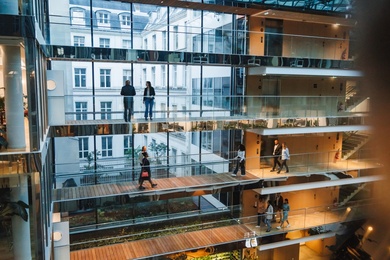
Four Reasons Why Transparency is a Strategic Asset for Development Finance Institutions
Open access to information builds credibility, enhances outcomes, encourages collaboration, and attracts investment. For development finance institutions, transparency is not just a value, it’s a cornerstone for achieving sustainable progress while navigating complex financial and operational landscapes.
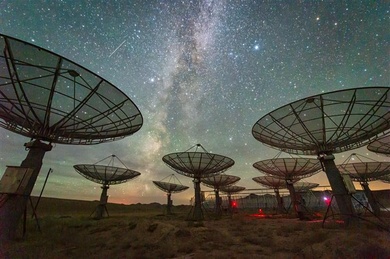
Energy Efficiency Means Investment Opportunities for Technological Companies
Digitalization offers economic and sustainable benefits, driving efficiency, resilience and innovation in telecommunications, with key opportunities in infrastructure, responsible investment and multi-sector strategies in Latin America and the Caribbean.

In the Face of Sustainability Challenges, Strong Governance Begins in the Boardroom
Boards of Directors must lead mitigation strategies, embedding long-term planning and innovation into risk oversight. IDB Invest empowers directors to transform climate governance into resilience, opportunity, and competitive advantage across diverse sectors.

Expo Milano 2015 – an unlikely place for sustainable business?
While critics call it a bloated global extravaganza for its escalating public expenditure, the 2015 Expo in Milan, Italy, also brings opportunities for sustainable business globally. This year’s topic of the World Fair - Feeding the Planet, Energy for Life – seeks to highlight solutions to one of the greatest development challenges the world faces today. There are still 805 million people suffering from hunger and malnourishment globally, while at the same time an incredible 2.1 billion people are obese or overweight, an increase of 28 percent in adults and 47 percent in children since 1980. In addition, about 1.3 billion tons of food is wasted every year, causing economic losses of about $750 billion.

To Connect or Not to Connect? Shifting Energy Industry Forges Unlikely Partnerships
On the big island in Hawaii, the sun shines 168 days of the year. In Honolulu, it jumps to 271 days of sunshine. That’s the perfect market to launch a new partnership between solar panel supplier SolarCity and electric carmaker Tesla Motors.
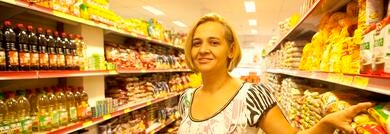
What happens when low-income people's disposable income increases?
The base of the pyramid as we knew it ten years ago has changed tremendously. Latin America and the Caribbean’s economic growth between 2000 and 2010 benefited many in the region, from top to bottom. Millions of people emerged from poverty, and the segment of those living on $4-10 a day grew considerably. More than 400 million people in Latin America live at the base of the pyramid (BOP) today. They represent a $760 billion market annually. The Inter-American Development Bank's BASE III Forum will be this year's opportunity to discuss how to tap into this unexplored market and have an impact on low-income people's lives. It will take place in Mexico City on June 29-July 1.
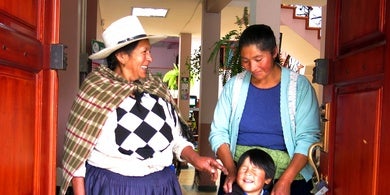
The First Commandment of Social Impact Generation
By Pablo Antón Díaz, Opportunities for the Majority The first commandment for companies and organizations that aim at generating social impact is adopting mechanisms to measure it. Every line is the perfect length if you don’t measure it, and this same rule applies to impact investing. Narratives on a handful of beneficiaries can be useful and serve as great instruments for attracting new investors, but the only sure way of knowing whether your efforts are indeed being relevant in the lives of people is through systematic measurement.
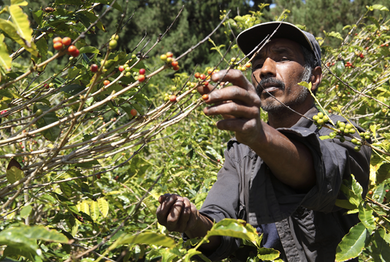
Latin America: The Next Global Breadbasket
*By. Alexandre Fernandes de Oliveira Last month at the inaugural AgroLAC 2025 meeting international experts flew into Sao Paulo, Brazil to promote new financial instruments that could connect with innovative solutions to expand and develop sustainable agricultural production across the region.
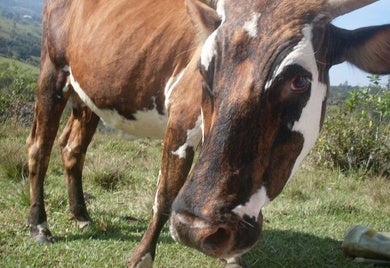
Getting more out of the same amount of land: cattle and forestry as a sustainable investment
As the global agricultural community gathers next week in New York for the Global AgInvesting conference to explore investment opportunities, strategies for reducing risks through diversified agricultural portfolios is high on the agenda. As the sector is facing the challenge of resource scarcity, climate change and a growing global population with diets increasingly based on animal products, combined production systems are an effective sustainable investment.


